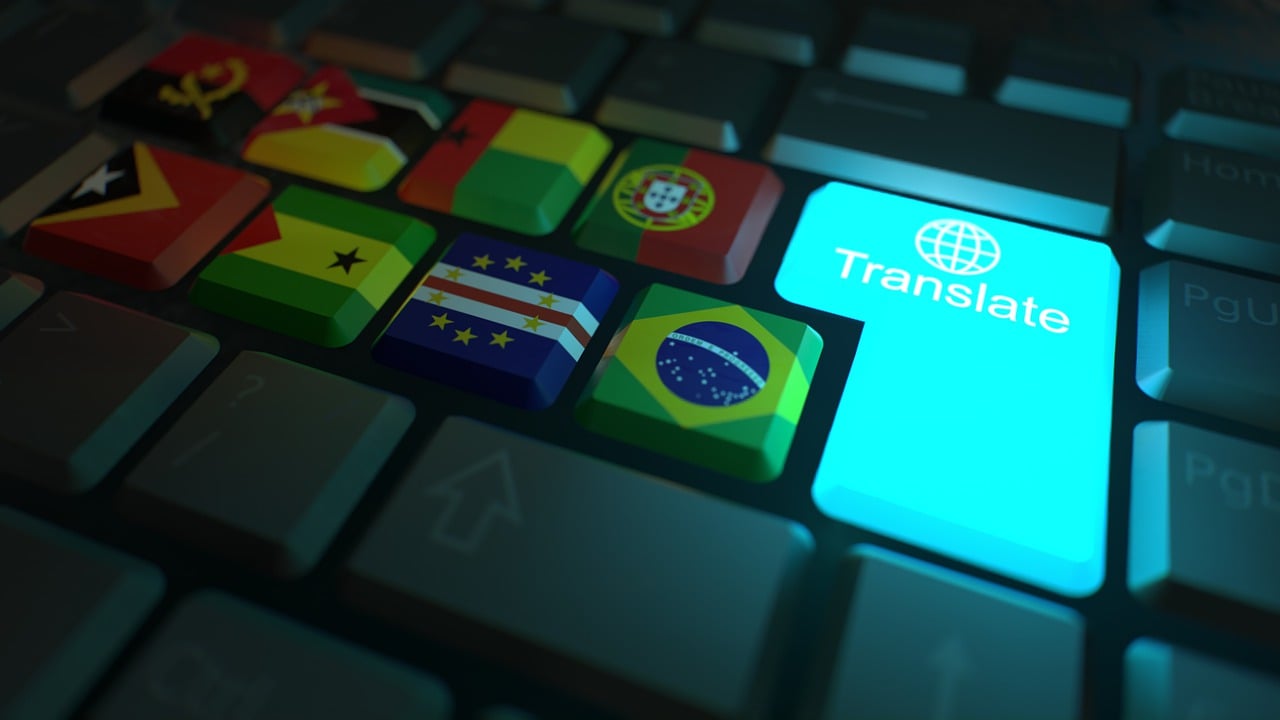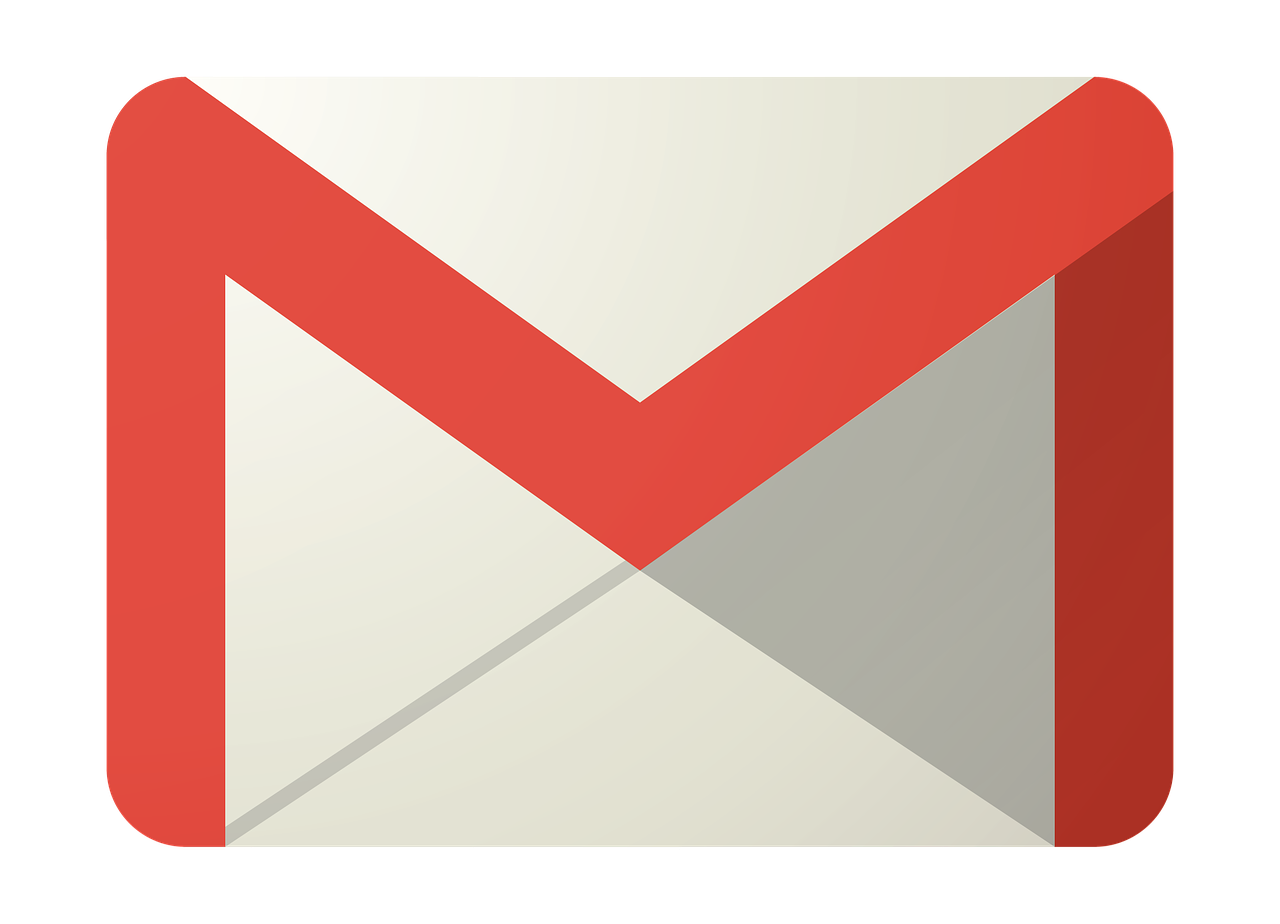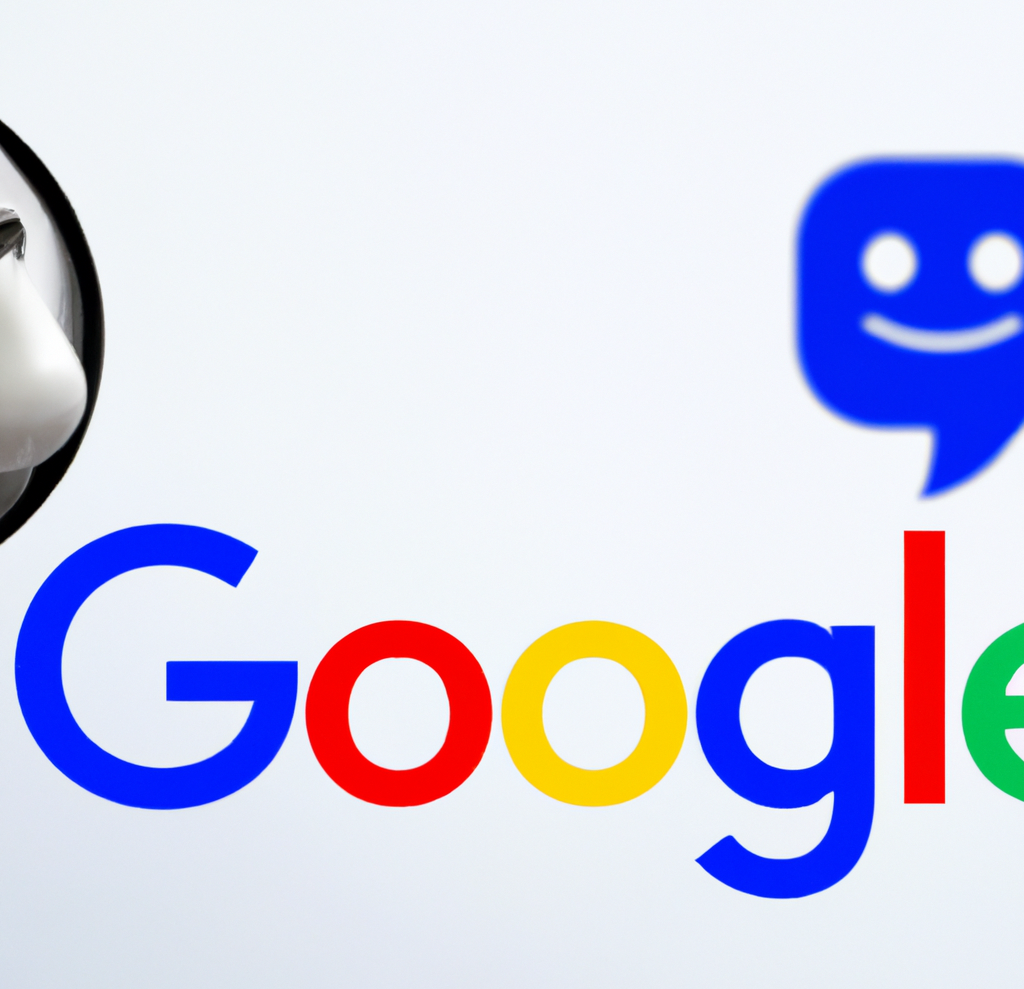Don’t Let Lockdown Loosen Your Ad Spend
The COVID-19 pandemic has significantly influenced the global ad spend trends. Where’s the nearest click and collect? What time does our local store close in light of the latest COVID-19 restrictions? Where can I order that toy car he/she wanted for Christmas?
Our bet is Google is your first port of call for an answer to any of these questions.
If it is, you’re not alone. In fact, it’s estimated that Google processes 5.8 billion user searches per day. And, even though there are other search engines out there, like Bing and Yahoo, it is by far the most popular.
So, with so many potential customers – because let’s face it, of those 5.8 billion there are bound to be a few thousand searching for your specific products or services – businesses simply cannot overlook advertising on Google. And even more so now thanks to restrictions on physical stores across the world being put back in place to contain the spread of the coronavirus.
In this article, I explain how you can get the most out of your Google advertising activities.
The first round of lockdowns during the spring and early summer saw many businesses with physical outlets grind to almost a complete halt. Going digital was the only option for many in order to have some chance of survival.
This saw restaurants offering online order services, more retailers moving into e-commerce and professional services conducting remote meetings via video calls.
Despite some easing of restrictions, many have kept digital their focus. For example, video meetings such as Microsoft Teams, which grew by 894% between February to June in 2020, are now prevalent as the office’s new best friend. And restaurants for instance, have advanced their minimal contact table service, allowing customers to order and pay for food on their phones by scanning a QR code or downloading an app.
But now, with lockdown restrictions being re-enforced in Britain and many other parts of the world, businesses looking to maximize their sales and earnings ahead of the Christmas period, and before the New Year begins, can’t ignore the advertising opportunities available on Google.
PPC
PPC advertising is perhaps the most obvious opportunity. It’s the best way to guarantee that your brand is put in front of an audience and can help generate a spike in traffic and leads.
Paid Search identifies “buyers” immediately. People who have typed in and are clicking a specific keyword tend to already be in buying mode, even if only at the research stage of the journey, which is so powerful compared to the rest of the marketing mix
This is because searchers seek convenience. We have come to expect the first listing on a Search Engine Results Page (SERP) to provide an answer to our query. If it doesn’t, we are more likely to change our search than scroll through pages and pages of results.
Therefore, getting your brand on that all-important first page is crucial for success on Google, which is exactly why paid advertising is beneficial. Not only can it promise a guaranteed spot here, if, the price is right for you, but it could also, potentially, provide you with the number one position.
As well as SERPs, ads can be created for the display network, utilizing visual aids in the form of graphics and videos to attract leads on the Google Shopping network, which is particularly beneficial for e-commerce businesses looking to increase sales.
However, to ensure your ads are shown to people who will add value to your business, PPC activity must be strategically mapped out and effectively managed. Account set-up, keywords and bidding strategies must be considered, monitored and then adjusted to ensure your activity is effective and a return on your investment is achieved.
This requires dedicated personnel, time and budget – for both ad spend and management practices for either training, wages or outsourcing the task to an agency.
But, despite the capital required to get started, there are a number of ways to ensure you yield results that make it worthwhile. For example, remarketing can help minimize lost leads and maximize budget by targeting potential customers who have already shown an interest in your product or service.
Automation strategies are another. Bidding and ad copy can be altered automatically, depending on factors including the time of day, location and the user’s specific query wording, for instance. This lessens the chance of clicks from users with little intention of purchasing or submitting an enquiry, and, consequently, reduces wasted budget. Another common way to get more out of search advertising is to replicate campaigns across Microsoft Ads, where there is typically less competition, cheaper clicks, and a better return on investment, albeit lower search volumes.
Local Strategy
One of the greatest benefits of the internet is its ability to connect businesses and customers no matter the physical distance between them. And, with lockdown enforcements, an online offering presents an opportunity to reach an even wider customer base than a shop or physical facility that is restricted by location.
However, the internet is a big, old place. It houses greater competition than what many businesses are used to in the physical realm and, as result, it’s easy to become lost, especially if you are in the early stages of establishing an online presence.
So, no matter whether you’re a retailer offering click and collect or running business as usual albeit remotely, keeping things local is your best bet for online success.
In fact, Google uses a Relevance, Distance and Prominence model to determine search results. Those most relevant, the closest in distance to the searcher and most prominent or popular are more likely to be ranked higher on results pages.
In order to maximize your chances of ranking highly for those searching for your products and services in your local area, you should make the most of tools, such as Google My Business and reviews.
As well as providing potential customers with vital business information, such as your address, contact details and COVID-adjusted opening hours, you can also instill trust and confidence in them by presenting a business that appears to be well established and organized. This is particularly important as those consumer sentiments have declined due to the pandemic.
So far, businesses have done well in adapting their processes to changing customer needs in such a short amount of time and under incredibly difficult circumstances at that.
With the coronavirus crisis far from over and many facing an online future, the only thing we can be certain of at this point is that businesses and retailers must act now to grasp the opportunity.
By utilizing platforms such as Google and Microsoft, business owners are not simply making the best of a bad situation but are more so positioning their brand at the forefront of their chosen industry, gifting a significant advantage when markets reopen in their newly digital-focused form.
AI
Exploring the Evolution of Language Translation: A Comparative Analysis of AI Chatbots and Google Translate

According to an article on PCMag, while Google Translate makes translating sentences into over 100 languages easy, regular users acknowledge that there’s still room for improvement.
In theory, large language models (LLMs) such as ChatGPT are expected to bring about a new era in language translation. These models consume vast amounts of text-based training data and real-time feedback from users worldwide, enabling them to quickly learn to generate coherent, human-like sentences in a wide range of languages.
However, despite the anticipation that ChatGPT would revolutionize translation, previous experiences have shown that such expectations are often inaccurate, posing challenges for translation accuracy. To put these claims to the test, PCMag conducted a blind test, asking fluent speakers of eight non-English languages to evaluate the translation results from various AI services.
The test compared ChatGPT (both the free and paid versions) to Google Translate, as well as to other competing chatbots such as Microsoft Copilot and Google Gemini. The evaluation involved comparing the translation quality for two test paragraphs across different languages, including Polish, French, Korean, Spanish, Arabic, Tagalog, and Amharic.
In the first test conducted in June 2023, participants consistently favored AI chatbots over Google Translate. ChatGPT, Google Bard (now Gemini), and Microsoft Bing outperformed Google Translate, with ChatGPT receiving the highest praise. ChatGPT demonstrated superior performance in converting colloquialisms, while Google Translate often provided literal translations that lacked cultural nuance.
For instance, ChatGPT accurately translated colloquial expressions like “blow off steam,” whereas Google Translate produced more literal translations that failed to resonate across cultures. Participants appreciated ChatGPT’s ability to maintain consistent levels of formality and its consideration of gender options in translations.
The success of AI chatbots like ChatGPT can be attributed to reinforcement learning with human feedback (RLHF), which allows these models to learn from human preferences and produce culturally appropriate translations, particularly for non-native speakers. However, it’s essential to note that while AI chatbots outperformed Google Translate, they still had limitations and occasional inaccuracies.
In a subsequent test, PCMag evaluated different versions of ChatGPT, including the free and paid versions, as well as language-specific AI agents from OpenAI’s GPTStore. The paid version of ChatGPT, known as ChatGPT Plus, consistently delivered the best translations across various languages. However, Google Translate also showed improvement, performing surprisingly well compared to previous tests.
Overall, while ChatGPT Plus emerged as the preferred choice for translation, Google Translate demonstrated notable improvement, challenging the notion that AI chatbots are always superior to traditional translation tools.
Source: https://www.pcmag.com/articles/google-translate-vs-chatgpt-which-is-the-best-language-translator
Google Implements Stricter Guidelines for Mass Email Senders to Gmail Users

Beginning in April, Gmail senders bombarding users with unwanted mass emails will encounter a surge in message rejections unless they comply with the freshly minted Gmail email sender protocols, Google cautions.
Fresh Guidelines for Dispatching Mass Emails to Gmail Inboxes In an elucidative piece featured on Forbes, it was highlighted that novel regulations are being ushered in to shield Gmail users from the deluge of unsolicited mass emails. Initially, there were reports surfacing about certain marketers receiving error notifications pertaining to messages dispatched to Gmail accounts. Nonetheless, a Google representative clarified that these specific errors, denoted as 550-5.7.56, weren’t novel but rather stemmed from existing authentication prerequisites.
Moreover, Google has verified that commencing from April, they will initiate “the rejection of a portion of non-compliant email traffic, progressively escalating the rejection rate over time.” Google elaborates that, for instance, if 75% of the traffic adheres to the new email sender authentication criteria, then a portion of the remaining non-conforming 25% will face rejection. The exact proportion remains undisclosed. Google does assert that the implementation of the new regulations will be executed in a “step-by-step fashion.”
This cautious and methodical strategy seems to have already kicked off, with transient errors affecting a “fraction of their non-compliant email traffic” coming into play this month. Additionally, Google stipulates that bulk senders will be granted until June 1 to integrate “one-click unsubscribe” in all commercial or promotional correspondence.
Exclusively Personal Gmail Accounts Subject to Rejection These alterations exclusively affect bulk emails dispatched to personal Gmail accounts. Entities sending out mass emails, specifically those transmitting a minimum of 5,000 messages daily to Gmail accounts, will be mandated to authenticate outgoing emails and “refrain from dispatching unsolicited emails.” The 5,000 message threshold is tabulated based on emails transmitted from the same principal domain, irrespective of the employment of subdomains. Once the threshold is met, the domain is categorized as a permanent bulk sender.
These guidelines do not extend to communications directed at Google Workspace accounts, although all senders, including those utilizing Google Workspace, are required to adhere to the updated criteria.
Augmented Security and Enhanced Oversight for Gmail Users A Google spokesperson emphasized that these requisites are being rolled out to “fortify sender-side security and augment user control over inbox contents even further.” For the recipient, this translates to heightened trust in the authenticity of the email sender, thus mitigating the risk of falling prey to phishing attempts, a tactic frequently exploited by malevolent entities capitalizing on authentication vulnerabilities. “If anything,” the spokesperson concludes, “meeting these stipulations should facilitate senders in reaching their intended recipients more efficiently, with reduced risks of spoofing and hijacking by malicious actors.”
Google’s Next-Gen AI Chatbot, Gemini, Faces Delays: What to Expect When It Finally Launches

In an unexpected turn of events, Google has chosen to postpone the much-anticipated debut of its revolutionary generative AI model, Gemini. Initially poised to make waves this week, the unveiling has now been rescheduled for early next year, specifically in January.
Gemini is set to redefine the landscape of conversational AI, representing Google’s most potent endeavor in this domain to date. Positioned as a multimodal AI chatbot, Gemini boasts the capability to process diverse data types. This includes a unique proficiency in comprehending and generating text, images, and various content formats, even going so far as to create an entire website based on a combination of sketches and written descriptions.
Originally, Google had planned an elaborate series of launch events spanning California, New York, and Washington. Regrettably, these events have been canceled due to concerns about Gemini’s responsiveness to non-English prompts. According to anonymous sources cited by The Information, Google’s Chief Executive, Sundar Pichai, personally decided to postpone the launch, acknowledging the importance of global support as a key feature of Gemini’s capabilities.
Gemini is expected to surpass the renowned ChatGPT, powered by OpenAI’s GPT-4 model, and preliminary private tests have shown promising results. Fueled by significantly enhanced computing power, Gemini has outperformed GPT-4, particularly in FLOPS (Floating Point Operations Per Second), owing to its access to a multitude of high-end AI accelerators through the Google Cloud platform.
SemiAnalysis, a research firm affiliated with Substack Inc., expressed in an August blog post that Gemini appears poised to “blow OpenAI’s model out of the water.” The extensive compute power at Google’s disposal has evidently contributed to Gemini’s superior performance.
Google’s Vice President and Manager of Bard and Google Assistant, Sissie Hsiao, offered insights into Gemini’s capabilities, citing examples like generating novel images in response to specific requests, such as illustrating the steps to ice a three-layer cake.
While Google’s current generative AI offering, Bard, has showcased noteworthy accomplishments, it has struggled to achieve the same level of consumer awareness as ChatGPT. Gemini, with its unparalleled capabilities, is expected to be a game-changer, demonstrating impressive multimodal functionalities never seen before.
During the initial announcement at Google’s I/O developer conference in May, the company emphasized Gemini’s multimodal prowess and its developer-friendly nature. An application programming interface (API) is under development, allowing developers to seamlessly integrate Gemini into third-party applications.
As the world awaits the delayed unveiling of Gemini, the stakes are high, with Google aiming to revolutionize the AI landscape and solidify its position as a leader in generative artificial intelligence. The postponed launch only adds to the anticipation surrounding Gemini’s eventual debut in the coming year.
-

 PPC6 days ago
PPC6 days ago19 Best SEO Tools in 2024 (For Every Use Case)
-

 MARKETING7 days ago
MARKETING7 days agoEcommerce evolution: Blurring the lines between B2B and B2C
-
SEARCHENGINES5 days ago
Daily Search Forum Recap: April 19, 2024
-
SEARCHENGINES6 days ago
Daily Search Forum Recap: April 18, 2024
-

 WORDPRESS6 days ago
WORDPRESS6 days agoHow to Make $5000 of Passive Income Every Month in WordPress
-

 SEO7 days ago
SEO7 days ago2024 WordPress Vulnerability Report Shows Errors Sites Keep Making
-

 WORDPRESS6 days ago
WORDPRESS6 days ago10 Amazing WordPress Design Resouces – WordPress.com News
-

 SEO6 days ago
SEO6 days ago25 WordPress Alternatives Best For SEO















